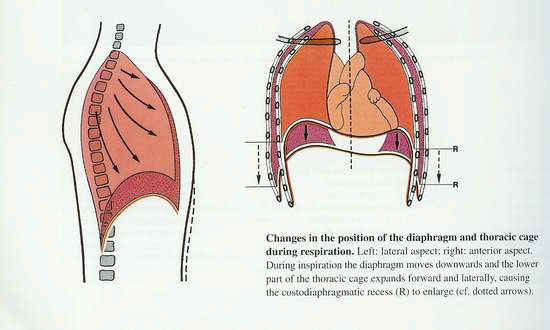
Thanks to royalan for making the banner
From the left: Joan Sutherland, Freddie Mercury, Beyoncé Knowles, Jackie Wilson, Shirley Bassey, Mariah Carey, Placido Domingo, and Whitney Houston
I have had several users suggest I make this topic over the last year, and despite my interest I have been resisting. But I decided to give it a try now. I have had fun discussions about vocals in one-off topics about singing or in Pop-GAF, but Pop-GAF scares people away and the other topics often get lost in a sea of people simply dropping links and running without looking back.
I find the human voice endlessly fascinating. You can analogize it to a musical instrument - a stringed instrument parallels certain elements well. The strings are analogous to the vocal folds, which vibrate at specific frequencies when hitting certain notes and whose vibrations are caused by air striking them, in the same way that the strings are made to vibrate with a bow being pulled across them; the vocal tract, or the space in the throat above the vocal folds, the pharynx, and the mouth is analogous to the hollow body of the stringed instrument and serves as the primary resonator for the voice, though it does not function as a sounding board.
Of course, the analogy is imperfect because folds are not actually strings. For instance, they change pitch by changing their tension, whereas strings don't alter tension while they are being played, which is more similar to the function of the lips of a trumpet player - but even then the way that tension is modified is much more complicated. In actuality the voice is, essentially, a wind instrument where the players' breath serves as the actuator, the folds serve as the vibrator, and the vocal tract serves as the resonator.
But to continue the prior analogy, it is interesting to note that just as larger stringed instruments are associated with a deeper instrument, so too are larger vocal folds associated with deeper vocal types, which is why male voices (17.5 - 25 mm folds) are deeper than female voices (12.5 - 17.5 mm); the smaller chords are able to vibrate more quickly. This means that men's voices are about an octave deeper than women's, though in popular music both men and women tend do most of their singing within the same range. Ultimately, when properly combined, those tiny vocal folds and and the small resonating chamber can be used to allow a human voice to project itself over even a large orchestra in some cases.
Rules
Standard rules will apply, but I will also be enforcing a rule that you cannot simply post a link without comment (or something so superficial as "I liked this!"). You need to include something to discuss. What should we be listening for? What parts do you like? Why do you like those parts? I'm not asking for a technical critique of the performance; just something to facilitate discussion. Posts which fail to follow this rule will be deleted.
I am envisioning this topic as a place to discuss technical aspects of singing, to share music by vocalists that people think have either artistic or technical merits (or flaws they want to discuss!), to talk about individual singers, vocal types, the voice and how it pertains to popular music, for questions, and even for users who sing themselves to link to examples of their own singing. For this last thing, we would need to be sure that people doing this do not turn their posts into advertisements for a product they are selling (e.g. a CD) so as not to run afoul of the ToS' rules but hopefully that particular needle can be threaded.
Educational Videos
I know that when I have had these discussions in the past, terms or ideas which some people might not be familiar with will crop up. I'm still learning and reading myself, so I'm going to include a few videos I have found educational:
How to Belt a High Note Properly - Vocal Placement
Vocal Tips - The Larynx Position While Singing
What Are Flat Notes And Sharp Notes In Singing? (Pitch Issues)
What is Resonance and How is it Achieved (Singing) (Part 2)
These aren't necessarily useful pedagogically (i.e. a lot of these aren't under conscious control and need to be learned through proper coordination and muscle memory and knowing some of the physiological processes isn't necessarily helpful to learning), but they are very interesting.
I know that there are other terms that some people don't know will probably crop up; they are too numerous to list here but this Wikipedia page on tessitura also has other terms that will probably crop up. If you have questions about something that is being discussed, feel free to ask.













